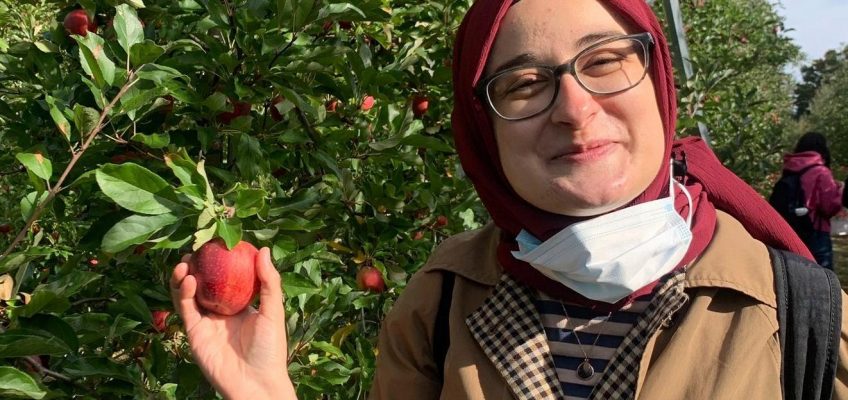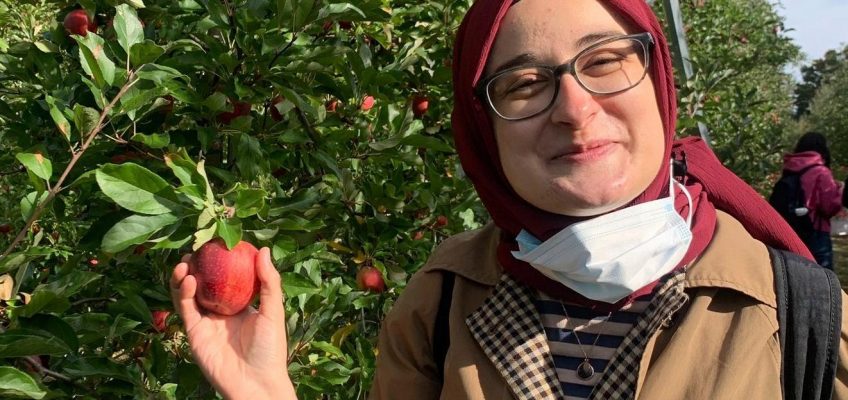By Gretchen McKay, Pittsburgh Post-Gazette (TNS)
I ate a lot of things that surprised me when I lived in Hong Kong in my mid 20s, often from carts hidden from street view in back alleys or larger street-side stalls known as dai pai dong. And I have to say, save for one unfortunate dinner that included fresh sea urchin, I never regretted these impromptu meals.
Related Articles
These streamlined Neapolitan meatballs are made with panko breadcrumbs
Cheesy homemade manicotti is the star of this budget dinner for four
Recipes: Eggs too expensive? Here’s how to bake without them
Recipe: When life gives you strawberries, makes preserves with balsamic vinegar
The cookbook ‘Pakistan’ serves up recipes for mutton pulao, garlic chutney and sweet seviyan
Street snacks made by “hawkers,” i.e. licensed street vendors, in Hong Kong are often amazing noshes. And way back when, they also were cheap enough to fit our budget as a young married couple just starting out in the then crowded British territory. (It was handed back to China in 1997 after 156 years of British rule.)
Jeremy Pang’s “Hong Kong Kitchen” takes me back to those crazy, tasty days in a location that now ranks as the fourth most densely populated country or dependency in the world with more than 7 million residents. It’s 70-plus recipes explore everything from dumplings to bao to noodles and desserts, along with “tips and tricks” from a Hong Kong kitchen.
One recipe that jumped out immediately was for these mouth-watering fried pork chop sandwiches which — in keeping with Hong Kong-style eating — are prepared with the chop bone kept in.
“Hong Kongers love all things pork,” he writes in the headnotes. “Pork offal, porky snacks, roasted pork bao, braised pork, sweet and sour pork … You name it, we can cook it.”
One thing I especially loved about making the sandwiches is that it allowed me to use a big, very sharp cleaver I bought at Oriental Market in Ross for $10. To assure the pork will nestle comfortably inside a bun, you have to cut slits into the edges so it stays flat when you cook it — easy work for this super-versatile, sharp knife. It also came in handy cutting a tomato into super-thin slices.
The dish takes a little bit of planning, as you have to marinate the pork chops for at least an hour before cooking them. But I agree with Pang when he writes “the crisp outer edges and succulent meat of the pork chop are guaranteed to make your mouth water.” I hated that I had to share the bounty with my husband.
The sandwiches can be served in a cheap crusty roll, a soft bap or a homemade bun — whatever you desire. I used a split-top hoagie roll from BreadWorks.
Pork Chop Crusty Roll
PG tested
For pork
2 pork chops, on the bone (7 to 9 ounces each)
2 crusty rolls, your choice
Vegetable oil, for frying
1 large, rip tomato
4 lettuce leaves, preferably baby gem or iceberg
Japanese mayonnaise
For marinade
1/2 teaspoon sugar
1/4 teaspoon salt
1/4 teaspoon white pepper
1 clove garlic
Pinch of five-spice seasoning
1 tablespoon Shaoxing rice wine
1 tablespoon light soy sauce
2 tablespoons cornstarch
Keeping most of the meat on the bone, slice into the edges of each pork chop 3 or 4 times, creating slits all the way through that will help keep the meat flat when cooked.
Then, turn your knife or cleaver upside down and, using the blunt end, back the meat as many times as possible to flatten it out, making tracks along the pork. (This will tenderize the meat and allow the marinade to soak in, as well.)
Once flattened, mix the marinade ingredients together in a bowl. Add chops and massage until they are completely coated.
Leave in the fridge overnight and for a minimum of 1 hour to marinate. (I marinated my chops for about 90 minutes.)
Slice the crust rolls in half to make ready for the fried pork chops.
Cut the tomato into thin slices, and make sure your lettuce is washed and patted dry to it maintains its crunch.
Half-fill a wok or deep-fryer with vegetable oil and heat to 350 degrees.
Deep-fry the chops for 5 minutes, turning once, until golden brown, then place on a few sheets of paper towel to drain off any excess oil.
You can also shallow-fry the chops in a large frying pan for 2 to 3 minutes on each side, until golden brown all over.
Once the chops are done, put them directly into the crusty rolls, followed by a couple of slices of tomato and some lettuce.
Squeeze a dollop of Japanese mayonnaise over the top, put the crusty top on the roll, and serve.
Serves 2.
— “Jeremy Pang’s Hong Kong Kitchen: Classic Recipes for Baos, Noodles, Street Food and More” (Hamlyn, June 2025, $27)
©2025 PG Publishing Co. Visit at post-gazette.com. Distributed by Tribune Content Agency, LLC.



